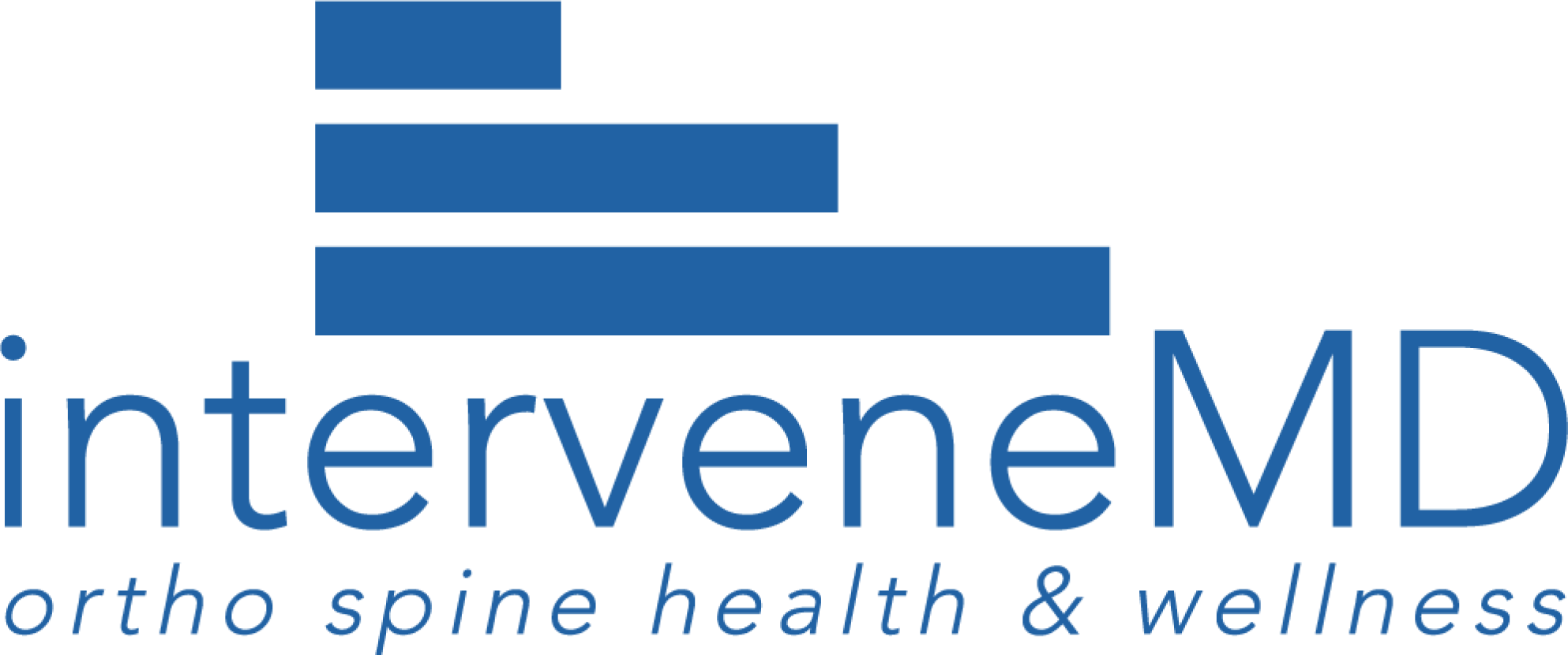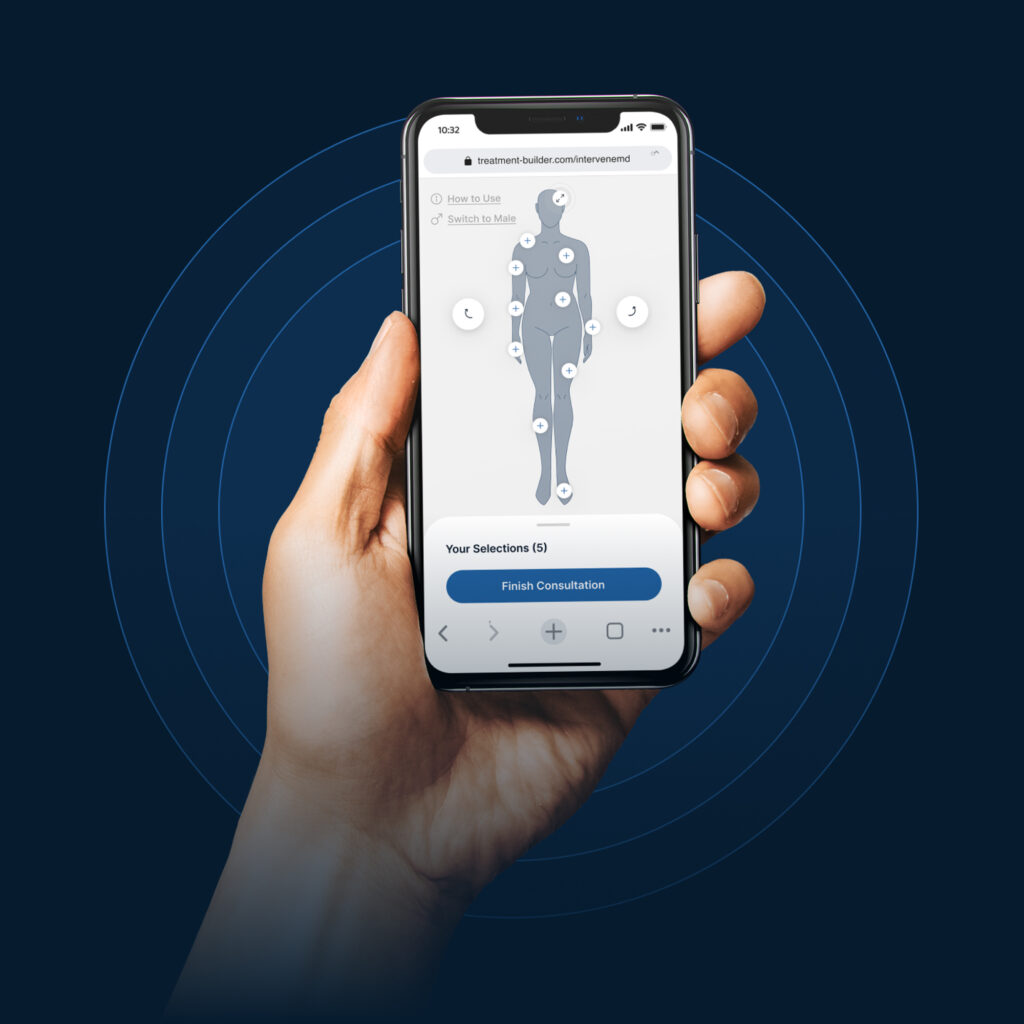The effects from your shockwave therapy will last somewhere from a few months to a few years, depending on your goals and lifestyle.
Ride The Shockwave
While it may sound daunting, shockwave therapy is a comfortable, non-invasive method of transporting high-energy impulses to the source of your pain. Visit us at InterveneMD, and our professionals will educate you on the benefits of shockwave therapy in Charleston.
- Sciatica
- Lumbar and cervical pain
- Tennis and golfer's elbow
- Plantar fasciitis
- Achilles tendonitis
- Jumper’s knee
- Shin splints
- Bursitis
- Arthritis of big toe
- Scar tissues
- Stress fractures
- Bone fractures
- Frozen shoulder
- Tendonitis
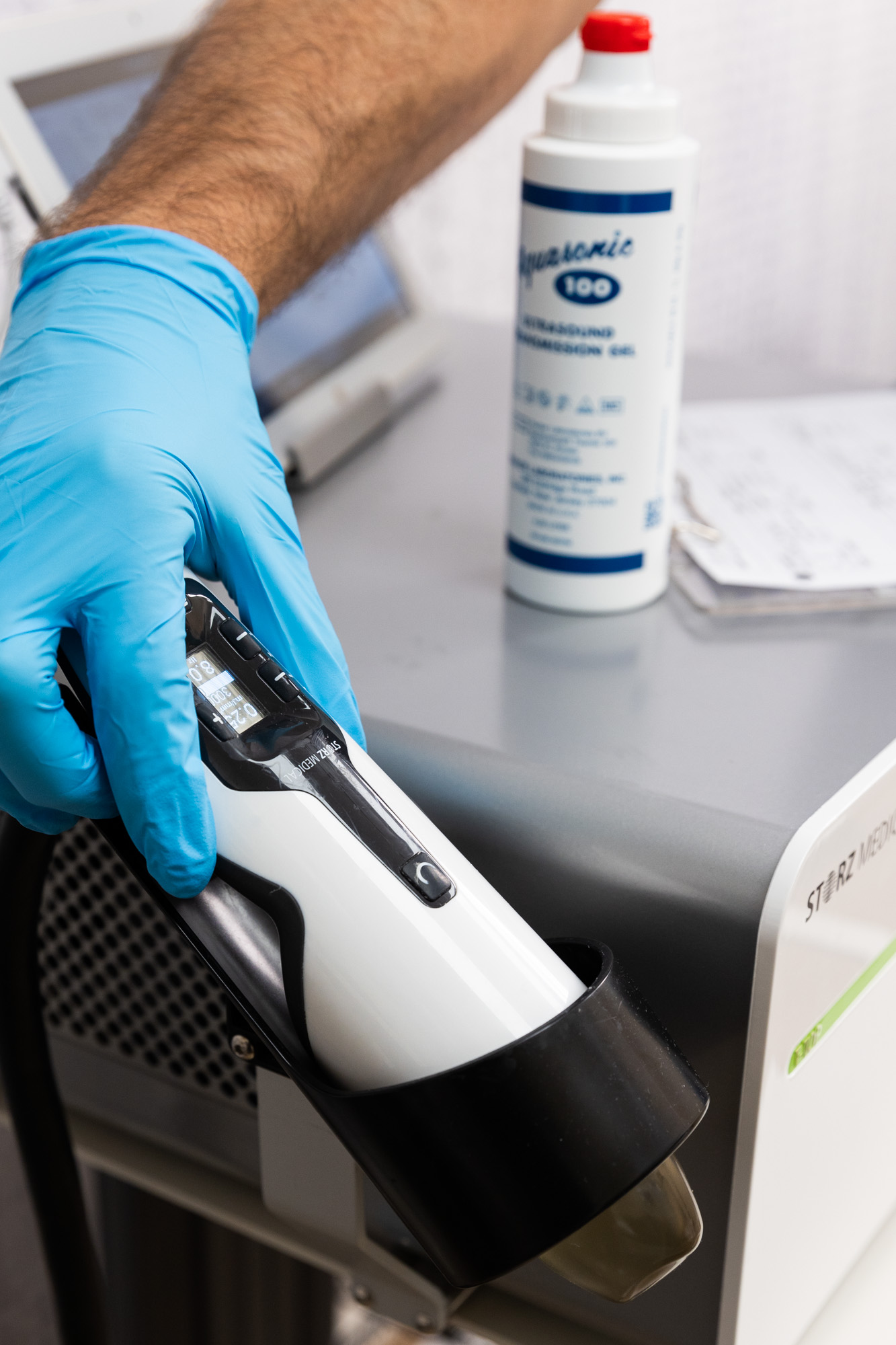
How Shockwave Therapy Works
Shockwave therapy works by delivering energy impulses to the affected area.
This triggers a healing response in your tissues to encourage healing and improve discomfort in acute and chronic injuries.
Clinicians first apply a gel to the skin, then use a wand applied with circular motions to direct the energy to the injured tissue for maximal benefit.
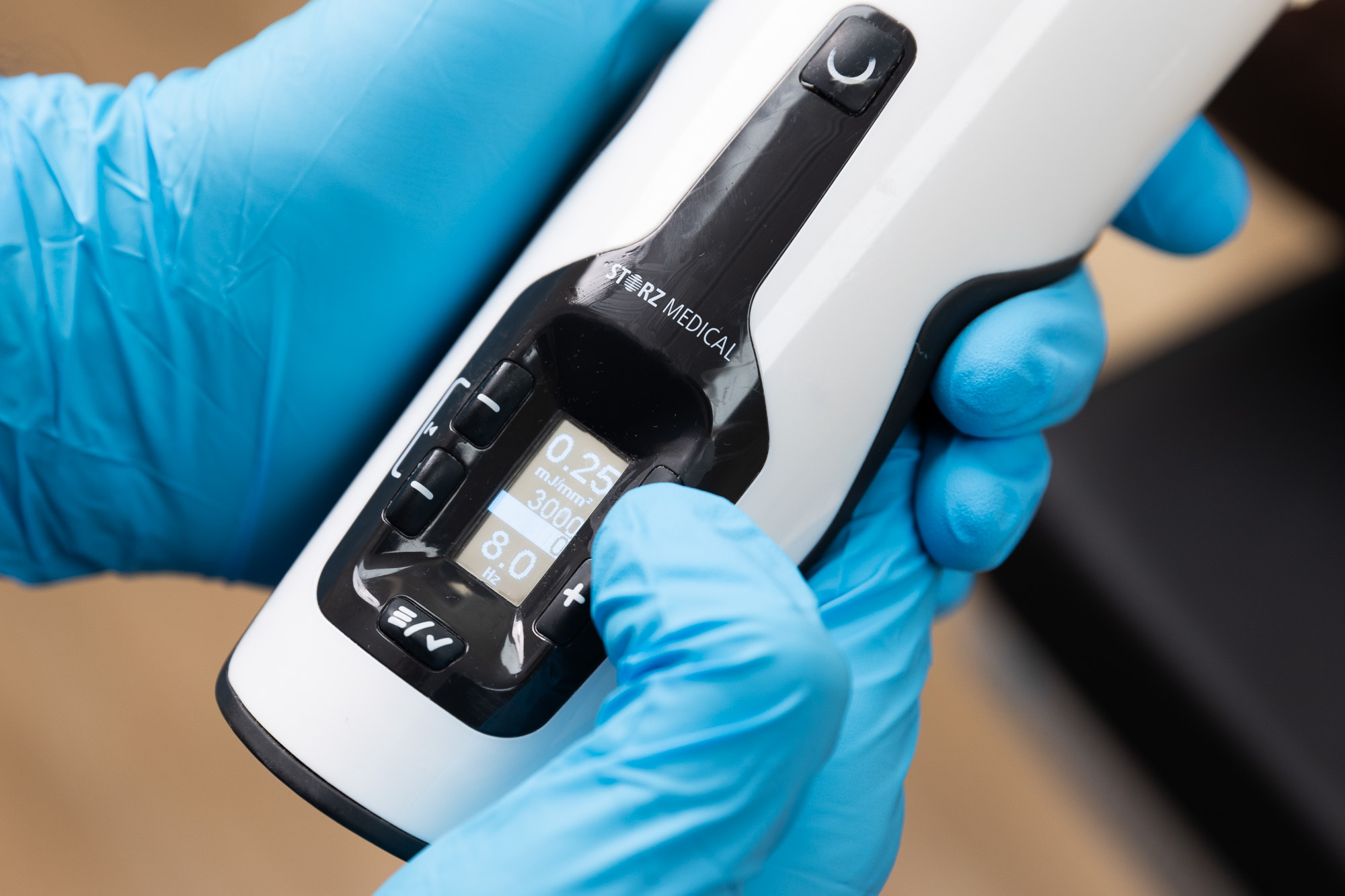
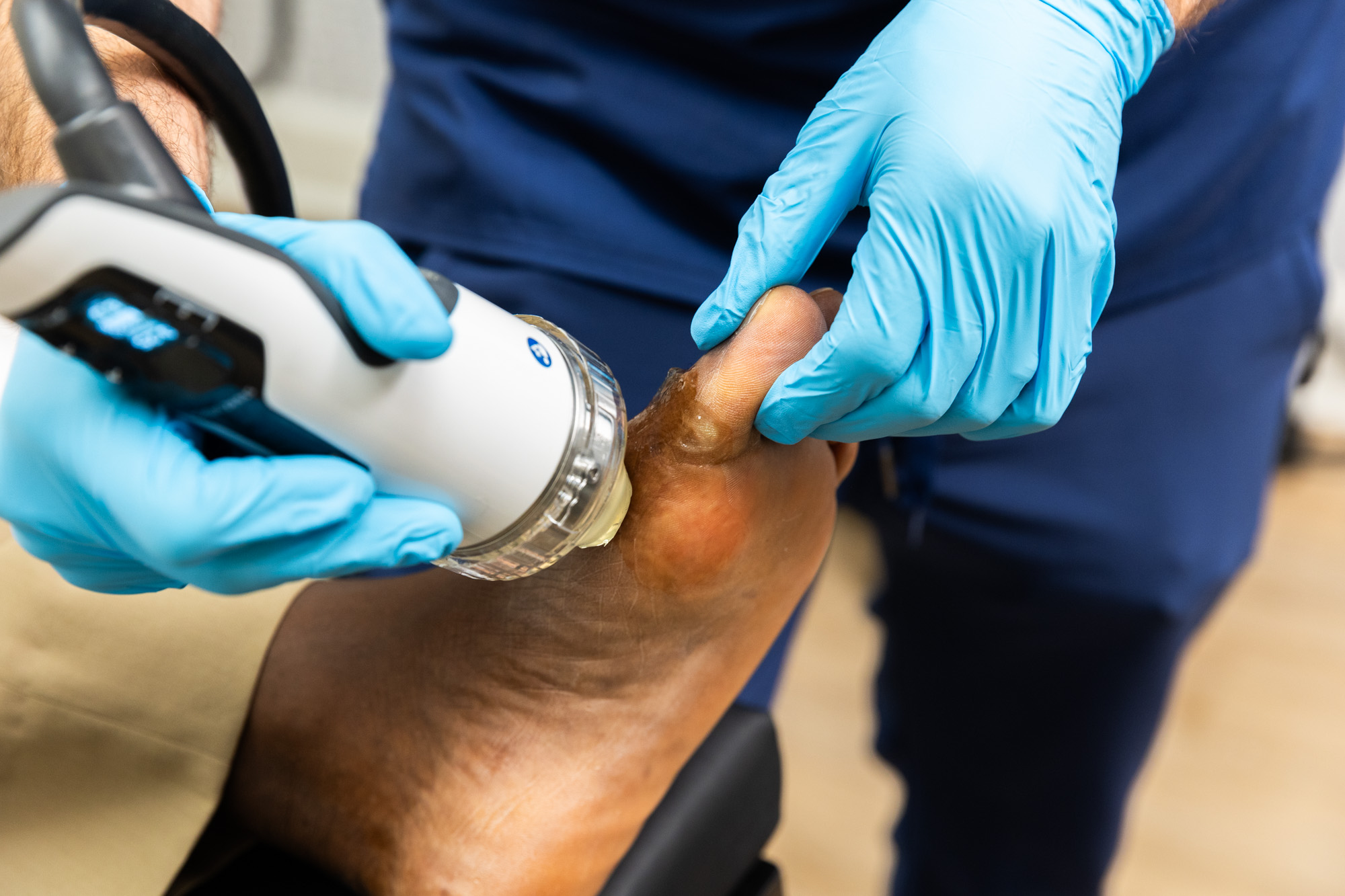

The Positives of Shockwave Therapy
Out Of Harm’s Way
Shockwave therapy is a non-surgical, very comfortable procedure, and our experts at InterveneMD will offer you deliberate, safe care.
Going The Distance
We’ve seen consistent results with shockwave therapy in eliminating the effects of inflammation and constant pain.
Get Back To It
Can you imagine if you were free from the nagging distraction of pain? Experience faster relief from pain and inflammation from shockwave therapy in Charleston.
Discover Your Path to Longevity
Our online treatment planner matches you with
personalized recommendations based on your goals.
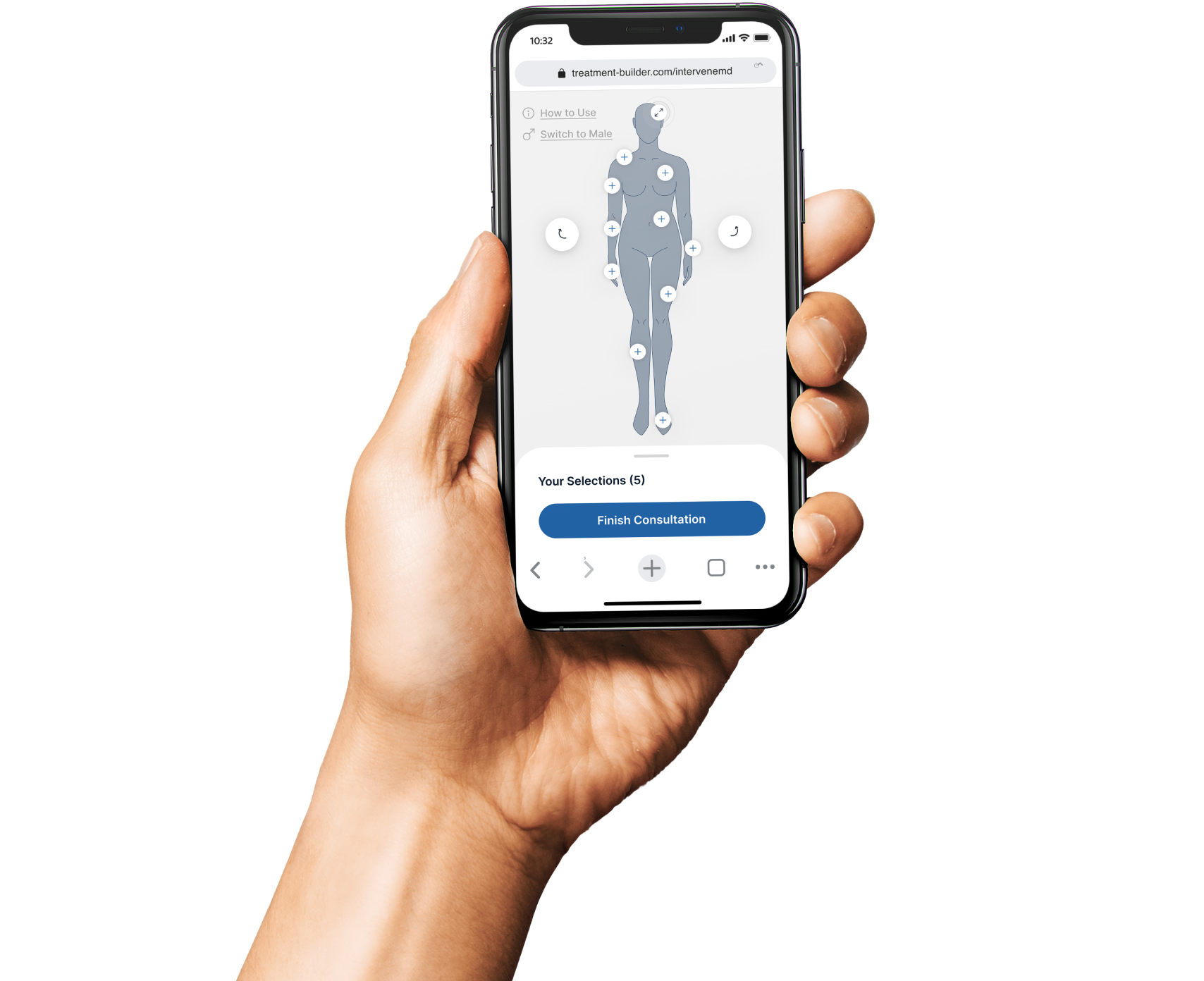


Todd Joye, MD, Owner of InterveneMD
20 years of experience practicing ortho/spine medicine
But What Happens After?
- We advise against strenuous or unusual activity for the first 24 to 48 hours following your treatment. This includes workouts, stretching, and heavy lifting.

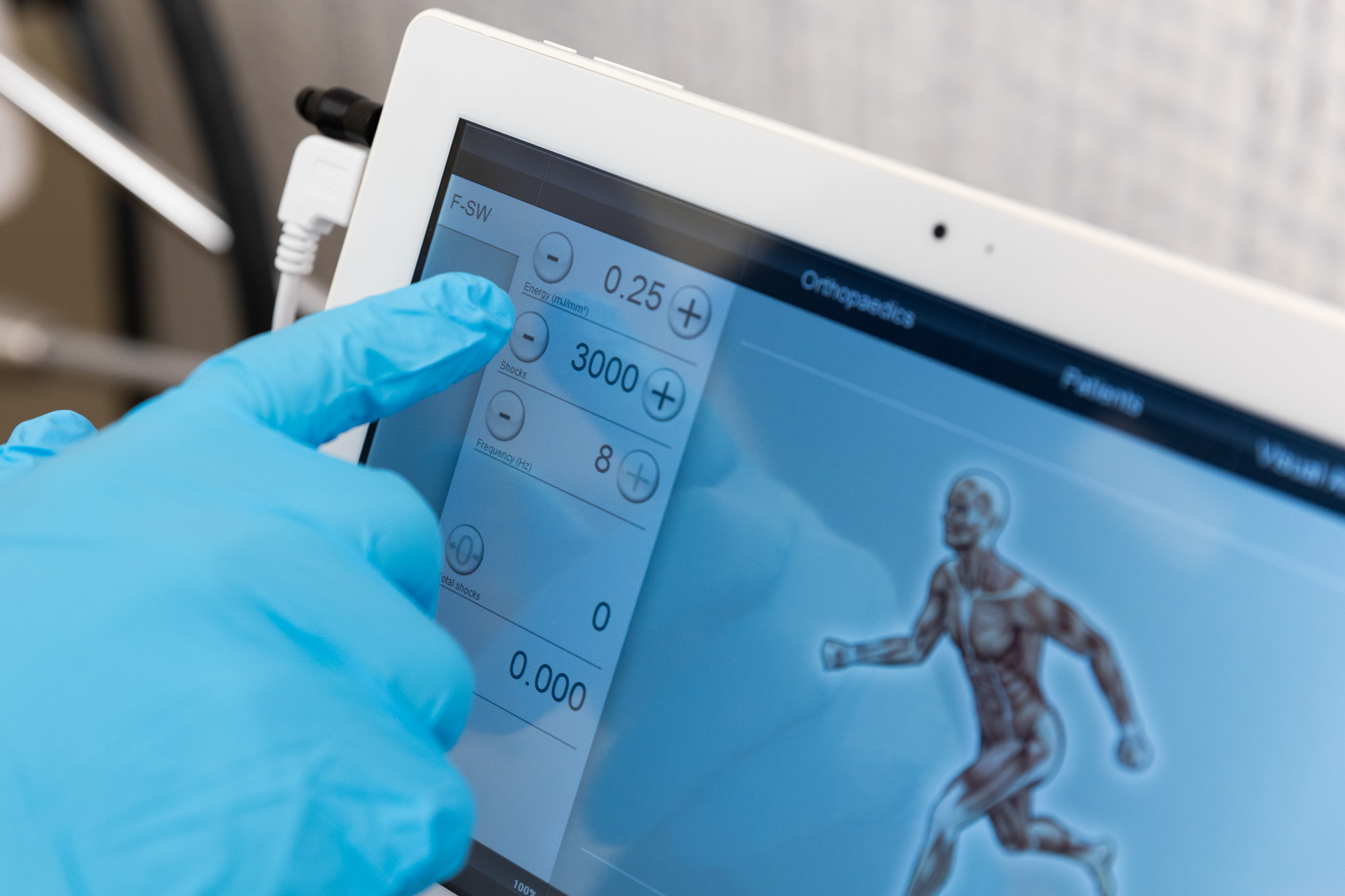
Support Out Of The Gate
Fulfillment
It’s hard to feel fulfilled in life without being able to move freely. We know what it takes to relieve your symptoms and get you moving again.
Questions
Do you have endless questions about this type of treatment? When you contact the InterveneMD team, we know just how to respond to all your questions about shockwave therapy in Charleston.
Consistent and Reliable Follow-up
Clients are the reason we do what we do. We will continue to engage with you and customize treatments for your ailments as your health needs evolve over time.
Get started with InterveneMD and take the first step towards living a fuller, healthier life.

Frequently Asked Questions
Shockwave therapy, or extracorporeal shock wave therapy, utilizes high levels of pulsing acoustic shockwave energy to relieve pain and repair the muscles, bones, and soft tissues of the body.
Most people have serious injuries or significant physical limitations when they decide to start shockwave therapy, so avoiding any strenuous physical activities for 24-48 hours is usually recommended for healing.
Step into InterveneMD, where science and rejuvenation converge. Experience revitalizing treatments and personalized care that help you enhance your daily living and experience lifelong vitality. InterveneMD offers advanced treatments from hormone optimization and shockwave therapy to Vasper exercise and prolotherapy. We explore functional medicine to provide patients with unmatched access to an empowered future.

